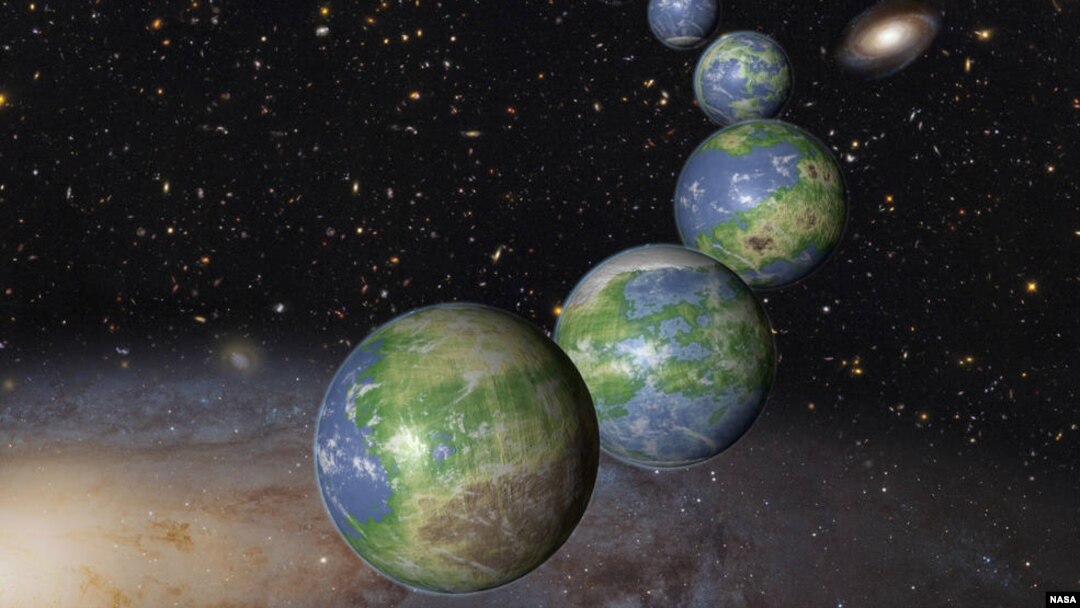Ninety-two percent of potentially Earth-like planets have yet to be born, according to the U.S. space agency NASA.
Using data from the Hubble Space Telescope and the Kepler observatory, astronomers were able to look “far back in time,” roughly 10 billion years ago, when stars were being born at a quick pace. To put that in perspective, our solar system is about 4.6 billion years old.
They said that while star production has slowed, there is enough helium and hydrogen left to ensure stars and planets will form “for a very long time to come.”
"There is enough remaining material [after the big bang] to produce even more planets in the future, in the Milky Way and beyond," said co-investigator Molly Peeples of the Space Telescope Science Institute (STScI) in Baltimore, Maryland, in a statement.
And time favors the birth of new stars and planets.
NASA said the last star in the universe will likely die out in 100 trillion years.
Astronomers believe our own Milky Way galaxy has one billion Earth-sized planets, with a good portion of them likely to be rocky. How many of those lie in the “Goldilocks Zone” -- the perfect distance from their star to allow liquid water to form -- is unknown.
To get an idea of the number of potential Earths in the known universe, multiply those numbers by 100 billion -- the number of observed galaxies.
The research will appear in the October 20 Monthly Notices of the Royal Astronomical Society.
92 Percent of Potential Earths ‘Yet to be Born’

This is an artist's impression of innumerable Earth-like planets that have yet to be born over the next trillion years in the evolving universe.



